Regulatory Changes and Compliance
Regulatory changes significantly impact the Stock Trading App Market, as governments worldwide adapt to the evolving financial landscape. In recent years, there has been a push for stricter regulations to ensure investor protection and market integrity. For instance, new compliance requirements may necessitate enhanced reporting and transparency from trading platforms. These changes could lead to increased operational costs for app developers, but they also present opportunities for those who can adapt swiftly. As the regulatory environment continues to evolve, the Stock Trading App Market must navigate these challenges while ensuring compliance, which may ultimately enhance consumer trust and confidence in trading platforms.
Increased Retail Investor Participation
The Stock Trading App Market experiences a notable surge in retail investor participation, driven by the democratization of trading platforms. With the advent of user-friendly interfaces and commission-free trading, more individuals are engaging in stock trading. Recent data indicates that retail investors accounted for approximately 20% of total trading volume in 2025, a significant increase from previous years. This trend suggests that the Stock Trading App Market is becoming increasingly accessible, attracting a diverse demographic, including younger investors who are tech-savvy and eager to participate in financial markets. As more individuals seek to manage their investments independently, the demand for innovative trading apps is likely to grow, further propelling the industry forward.
Growing Demand for Sustainable Investing
The Stock Trading App Market is witnessing a growing demand for sustainable investing options. Investors are increasingly seeking to align their portfolios with their values, focusing on environmental, social, and governance (ESG) criteria. This trend is reflected in the rise of apps that offer ESG-focused investment options, allowing users to invest in companies that prioritize sustainability. As of October 2025, it is estimated that sustainable investments account for over 30% of total assets under management in the stock market. This shift indicates a potential market opportunity for trading apps that can provide users with tools and resources to make informed decisions about sustainable investments, thereby enhancing their appeal in a competitive landscape.
Expansion of Financial Literacy Initiatives
The Stock Trading App Market is increasingly influenced by the expansion of financial literacy initiatives aimed at educating potential investors. As more individuals seek to enter the stock market, the demand for educational resources has surged. Many trading apps are now incorporating educational content, such as tutorials, webinars, and market analysis, to empower users with knowledge. This trend is particularly relevant in 2025, as studies show that informed investors are more likely to engage in trading activities. By fostering financial literacy, the Stock Trading App Market not only attracts new users but also promotes responsible investing practices, ultimately contributing to a more informed and engaged investor base.
Technological Advancements in Trading Platforms
Technological advancements play a crucial role in shaping the Stock Trading App Market. The integration of advanced algorithms, real-time data analytics, and enhanced security features has transformed the trading experience. As of October 2025, many trading apps now offer features such as automated trading, personalized investment recommendations, and advanced charting tools. These innovations not only improve user experience but also increase the efficiency of trading operations. Furthermore, the rise of blockchain technology is expected to influence the industry by providing secure and transparent transaction methods. Consequently, the Stock Trading App Market is likely to witness continuous evolution as technology continues to advance, catering to the growing expectations of investors.
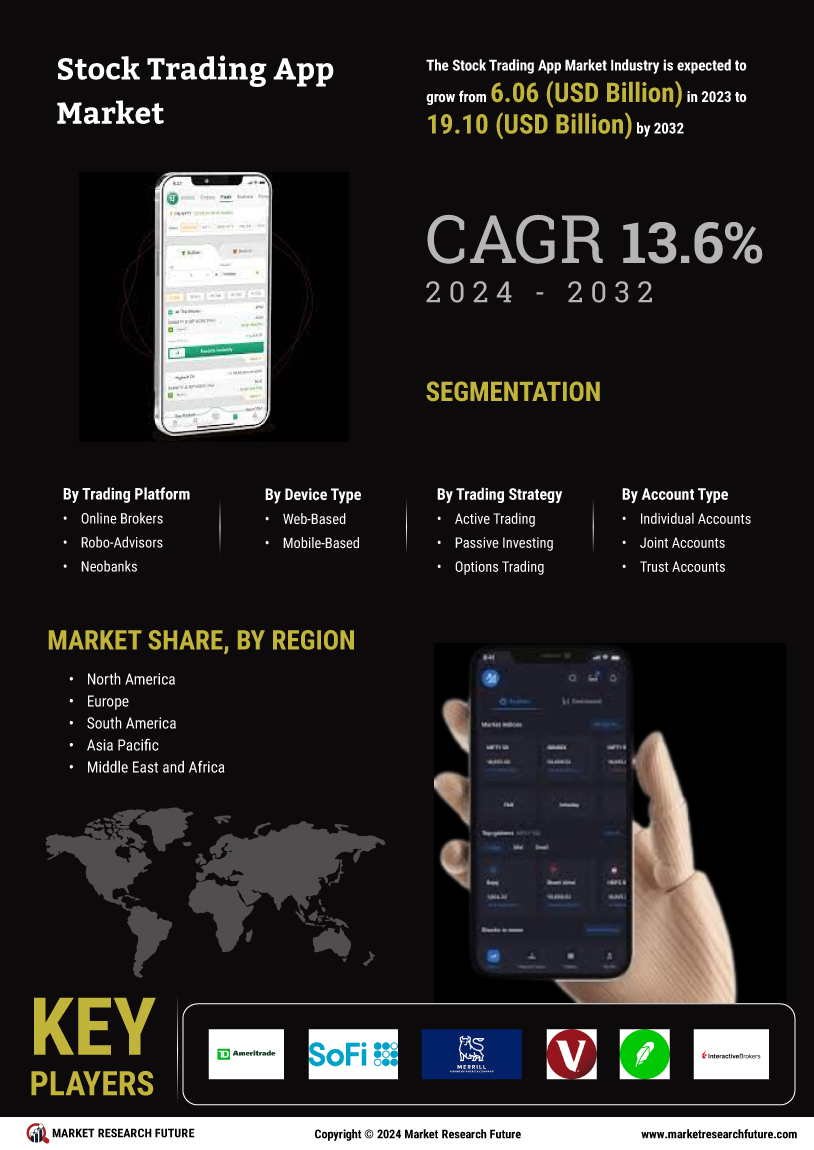

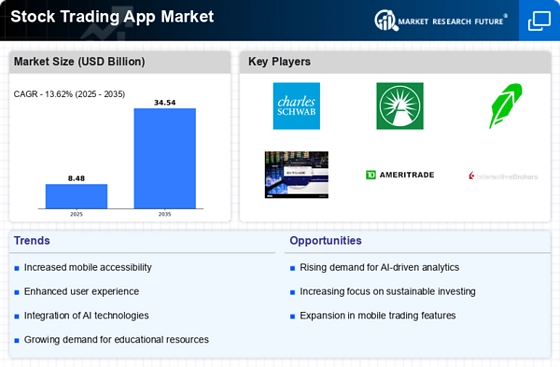
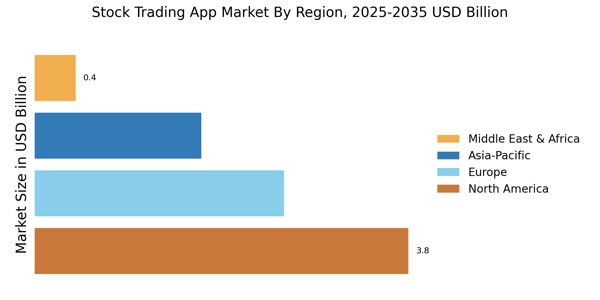

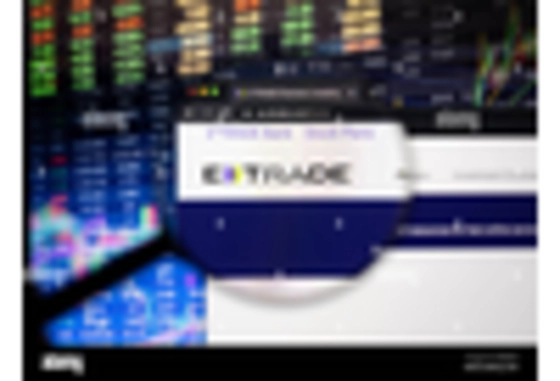



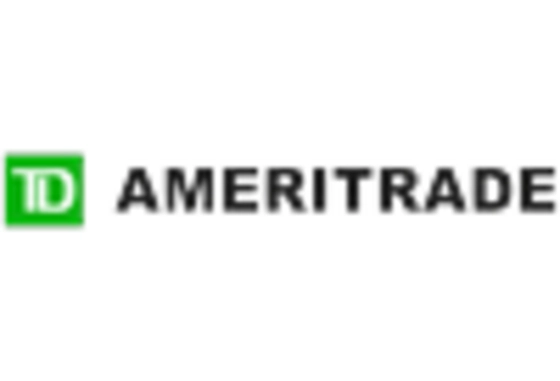








Leave a Comment